The Pokémon Ranger trilogy of games is not as well-known to most Pokémon fans as the mainline games, but these spinoffs offer plenty of exciting new places to explore. In the most recent Pokémon Ranger game, Guardian Signs, players journey to the islands of the Oblivia region for an epic adventure unlike anything else in the franchise.
Before Alola brought an island paradise to the mainline games, Oblivia offered players an archipelago of mysteries to explore, including a secret society of villains, time travel, and an encounter with the godlike Arceus. Beyond these breathtaking moments, though, the islands of Oblivia hold many secrets that fans of the game may not even know about.
10 It's Very Sparsely Populated By Humans
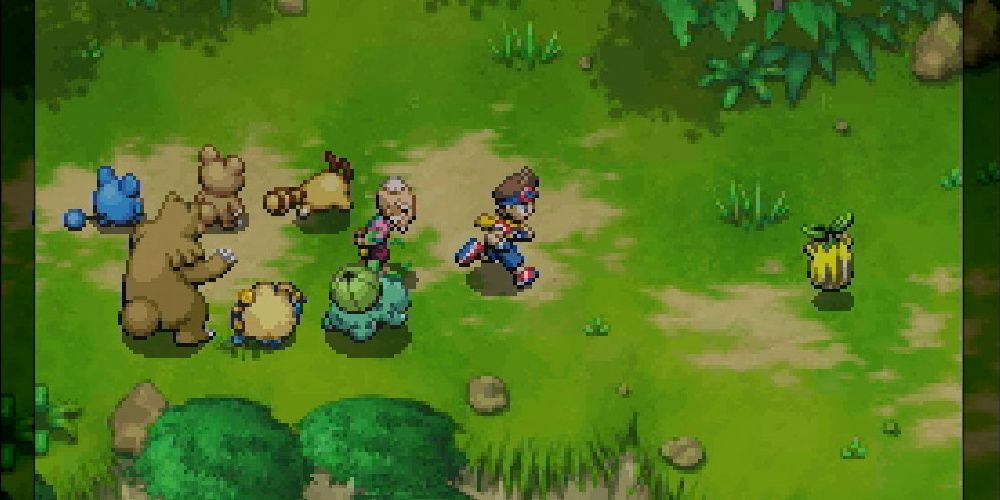
While many regions in the Pokémon world have at least one sprawling metropolis filled with people, Oblivia is notably lacking in big cities. In fact, the region has very few settlements at all, with the player only having access to three areas on the archipelago that are populated by humans.
These few settlements are themselves sparsely populated, with the biggest being Renbow Island's Cocona Village, which houses fewer than 20 residents. The Pokémon Ranger games have always been focused on the relationship between humans and nature, but Guardian Signs takes that the farthest with a setting that has far more Pokémon than people.
9 Its Ranger System Is Unique
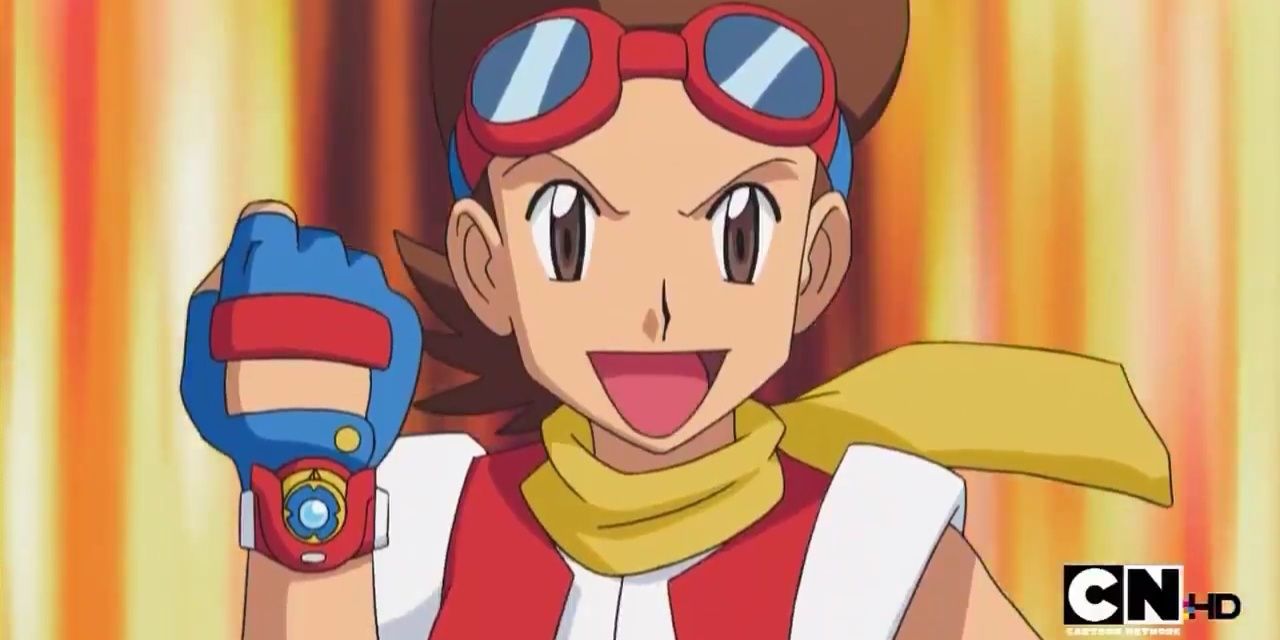
The previous two games in the Pokémon Ranger franchise are notable for featuring two regions with a strong ranger presence: Fiore and Almia. In fact, Almia is notable for being the base of the Ranger Union and a place of great importance to the history of the ranger profession, although many fans don't know it.
In Oblivia, however, there is no vast system of Pokémon rangers, instead, the islands are all monitored by a single Area Ranger tasked with their care. Rand is the Area Ranger during the game, and his presence in Guardian Signs suggests that the region is typically so peaceful that only a single ranger is needed.
8 Parts Of It Are Plagued By Eternal Storms
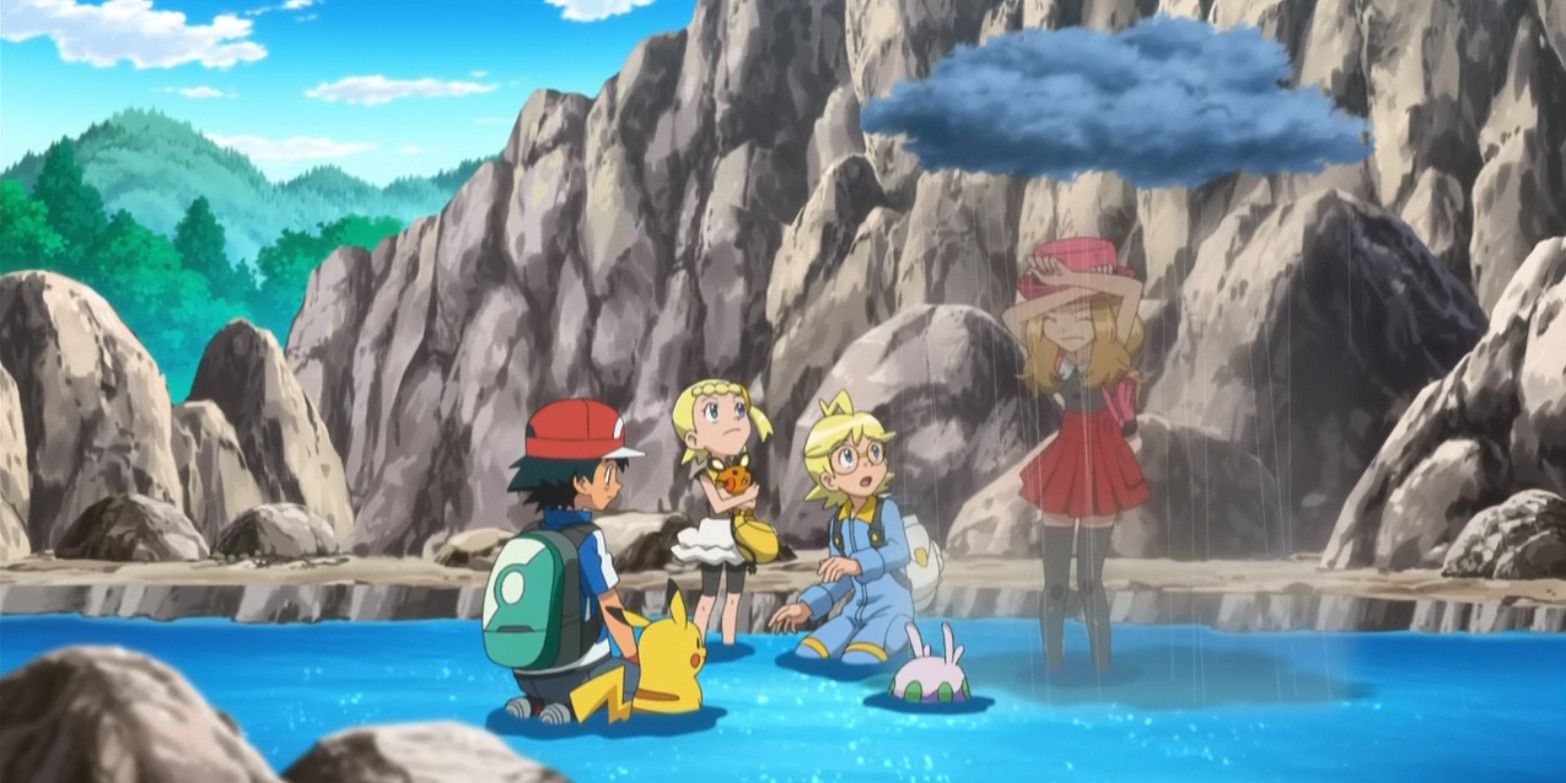
As is par for the course in the Pokémon franchise, some areas of the Oblivia region are always experiencing the same weather patterns, with two areas being notable for their rainy weather. First, the Canal Ruins on Sophian Island are always being rained on due to the influence of a Suicune in the area.
Second, the entirety of Layuda Island is experiencing a violent lightning storm, perhaps due to the fact that, during the course of the game, a Zapdos takes residence on the island. Layuda is also notable for being the only island that players cannot fly to, due to the storms overhead.
7 It's Likely Based On The Oki Islands
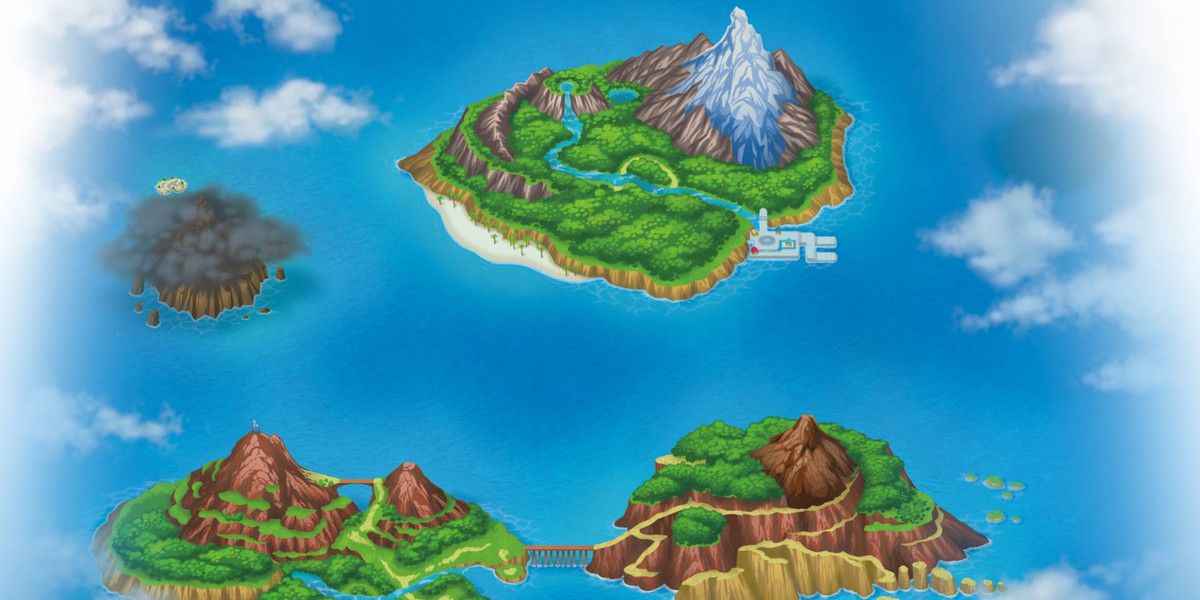
As with most regions in the Pokémon world, Oblivia is likely inspired by a real-world location. Generally, it is accepted that the Oblivia region is inspired by the Oki Islands, an archipelago located in Japan. The general layout and shape of the Oblivia region is very similar to that of the Oki Islands, for one.
Also, while the Pokémon franchise has turned its focus to international inspirations over time, many of its regions are based on Japanese locations, making the Oki Islands a likely candidate. When the series returned to island regions years later with Alola, they took inspiration from another archipelago: Hawaii.
6 It's Filled With Phione
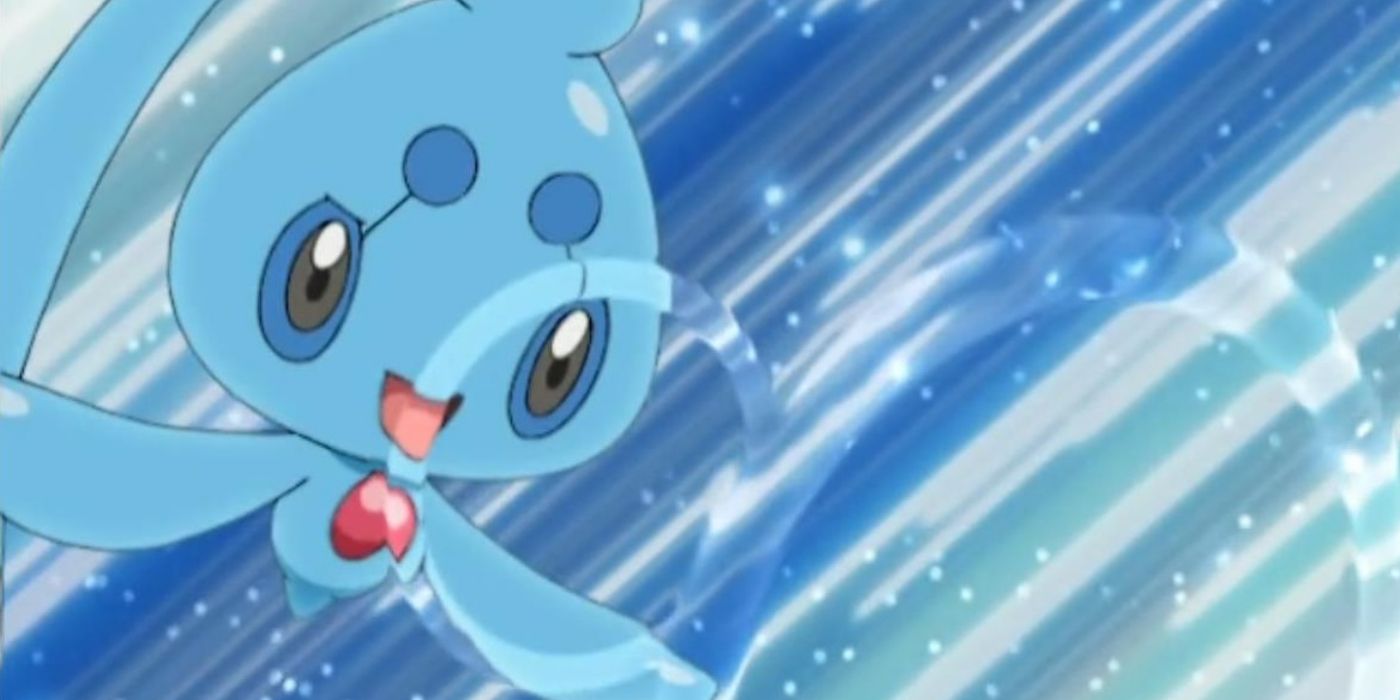
Although it is bred from the mythical Pokémon Manaphy, Phione's status has been up for debate among fans. While Guardian Signs doesn't confirm whether Phione is one of the franchise's many legendary Pokémon or simply an uncommon creature, it provides some evidence that the latter option is true.
In the Oblivia region, Phione are apparently quite common in certain areas, as players can find them in the Underwater Ruins on Sophian Island. This detail provides interesting insight into the concept of Pokémon rarity in different regions, as well as what qualifies a Pokémon to be mythical or legendary.
5 Nick's Bridge Has A Long Name
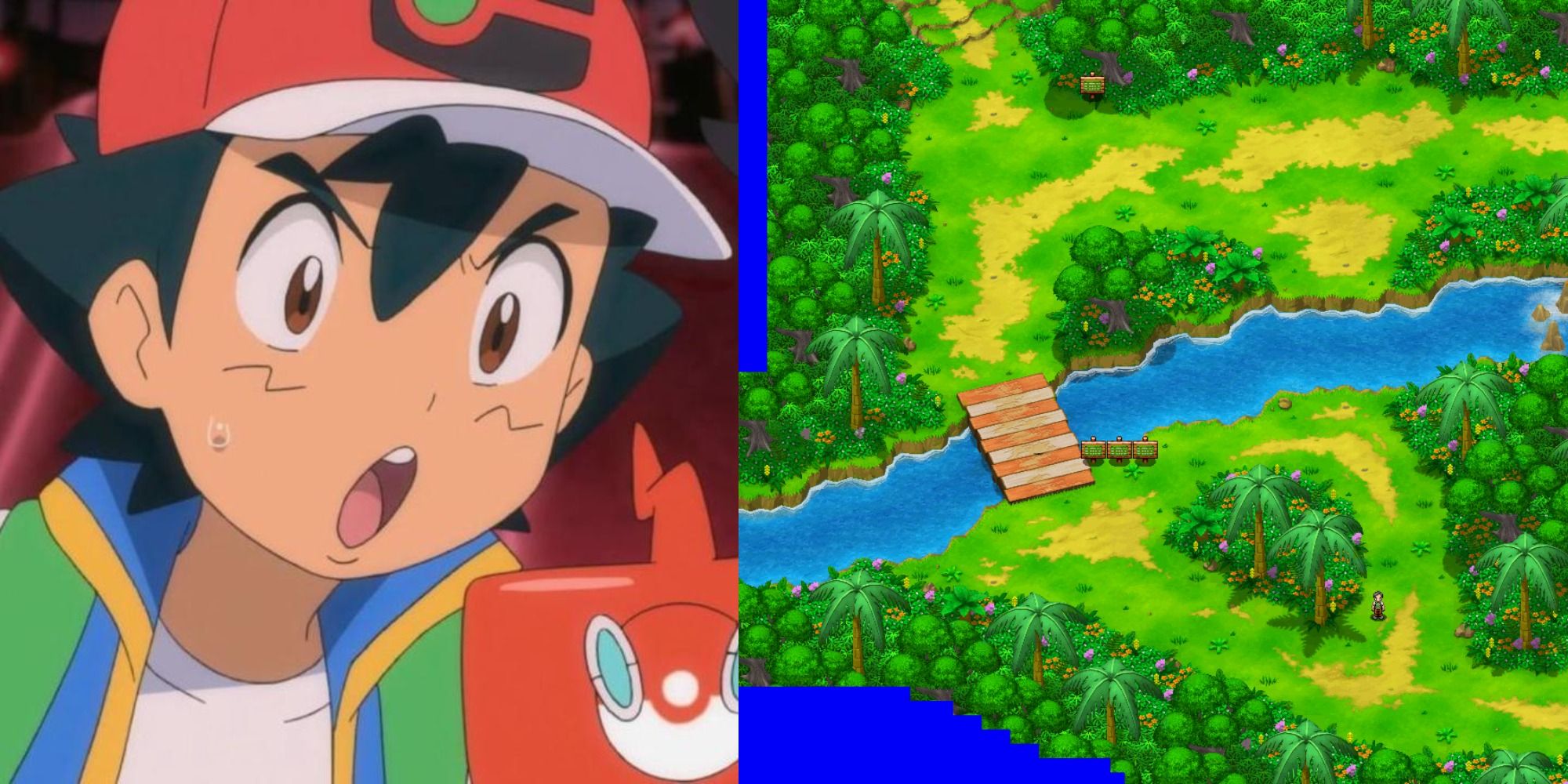
A woodworking apprentice working under Booker, Nick is a character that players meet early on in the story of Guardian Signs, but his most unique and humorous impact on the region comes to light a little later. On Renbow Island's Latolato Trail, a bridge that Nick built passes over a river.
One of the game's quests has Renbow Island residents Ralph and Nema reveal to the player that they have given the bridge a humorously long name. The bridge is called, "Over the creek in the Green forest, the red-and-white-striped wonderfully crafted, Raikou Safe with no creaking renowned all over the world for connecting Yesterday and Tomorrow and Proudly-Built-by-Nick Bridge."
4 Aqua Resort Has A Reference To Almia
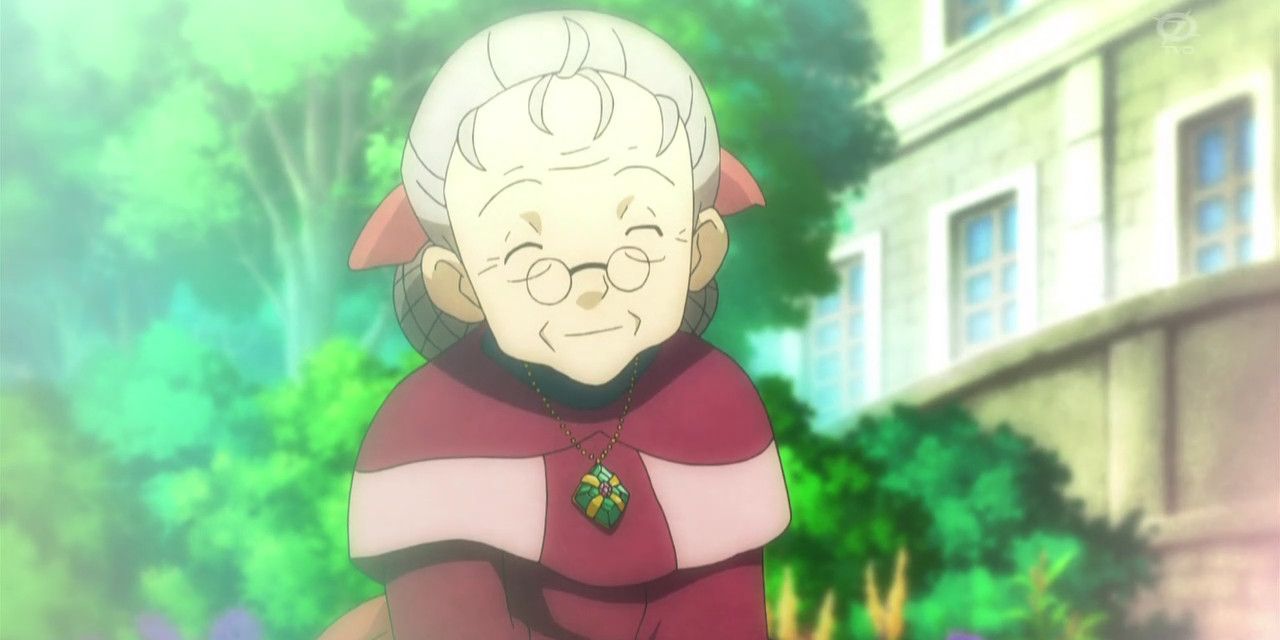
Sophian Island's aquatic retirement community Aqua Resort is a peaceful place with plenty of kindly residents to talk with. This includes a woman who many have speculated is the grandmother of the player character in the previous Pokémon Ranger title, Shadows Of Almia.
Specifically, the woman tells the Guardian Signs protagonist that her grandson works at the Partner Farm in Almia. The Partner Farm is also run by the player character's family in Shadows Of Almia, suggesting that this Aqua Resort resident may be related to that game's protagonist.
3 It's Named For Forgetfulness And Obliviousness
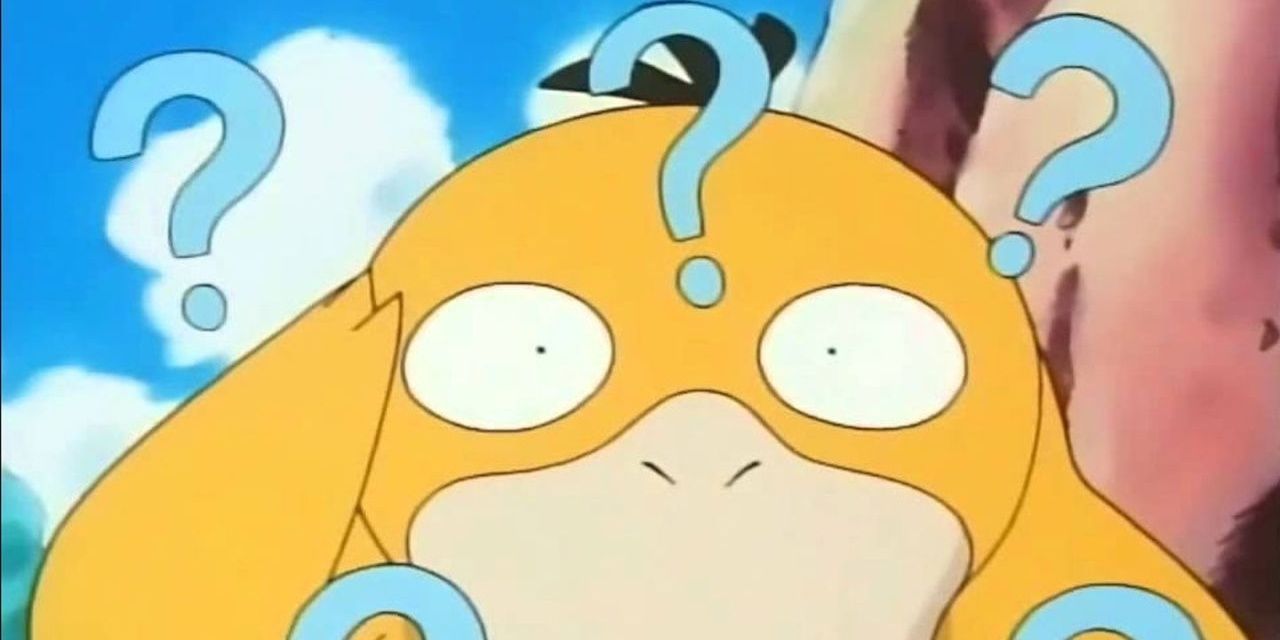
The name "Oblivia" comes from one or both of the English words "oblivion" and "oblivious," both of which suggest forgetfulness, ignorance, and a general lack of knowledge. As it turns out, this name is relevant to the story of Guardian Signs, as the residents of Oblivia have been the victims of a secret society.
Pokémon poachers known as the Pokémon Pinchers operate in Oblivia, but later in the game players discover that the Pinchers are being controlled by the mysterious Societea. Oblivia's residents are oblivious to the Societea's wrongdoing, and the presence of ruins across the islands suggests the forgotten nature of the islands' historic temples.
2 It's South Of Fiore And Almia
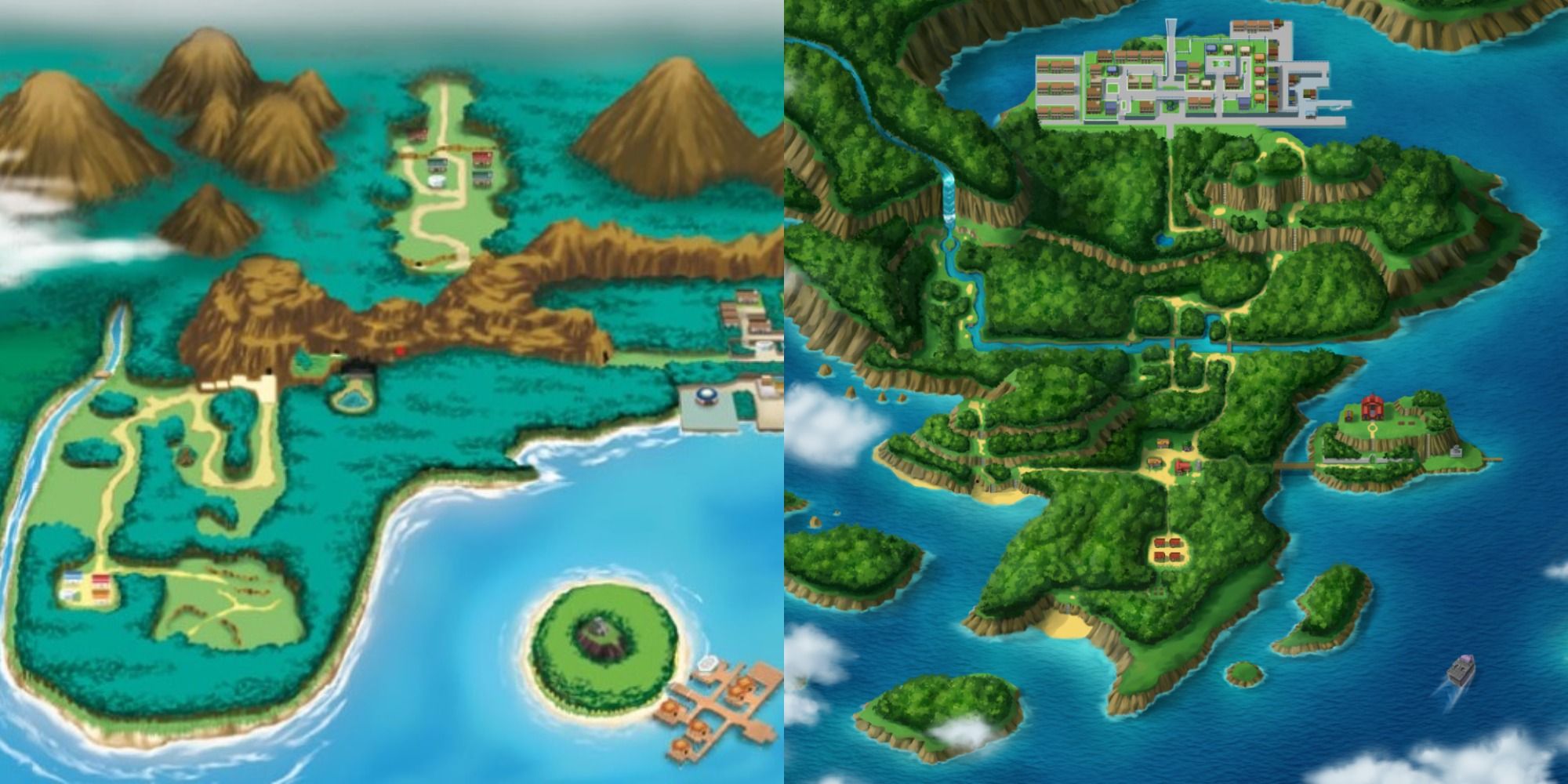
In general, Pokémon games and their related media have given little information on where each region is in relation to the others, especially the spinoff regions like Oblivia. The lore in Guardian Signs, however, confirms that Oblivia is located to the south of both Fiore and Almia.
These regions from the first two Pokémon Ranger games are connected to each other and Oblivia through the lore of all three games, so it makes sense that they would be in close proximity. A full map of the Pokémon world may not be in the cards for fans of the franchise, but this small detail is at least a hint towards the layout.
1 The Islands Are Named For Musical Notes
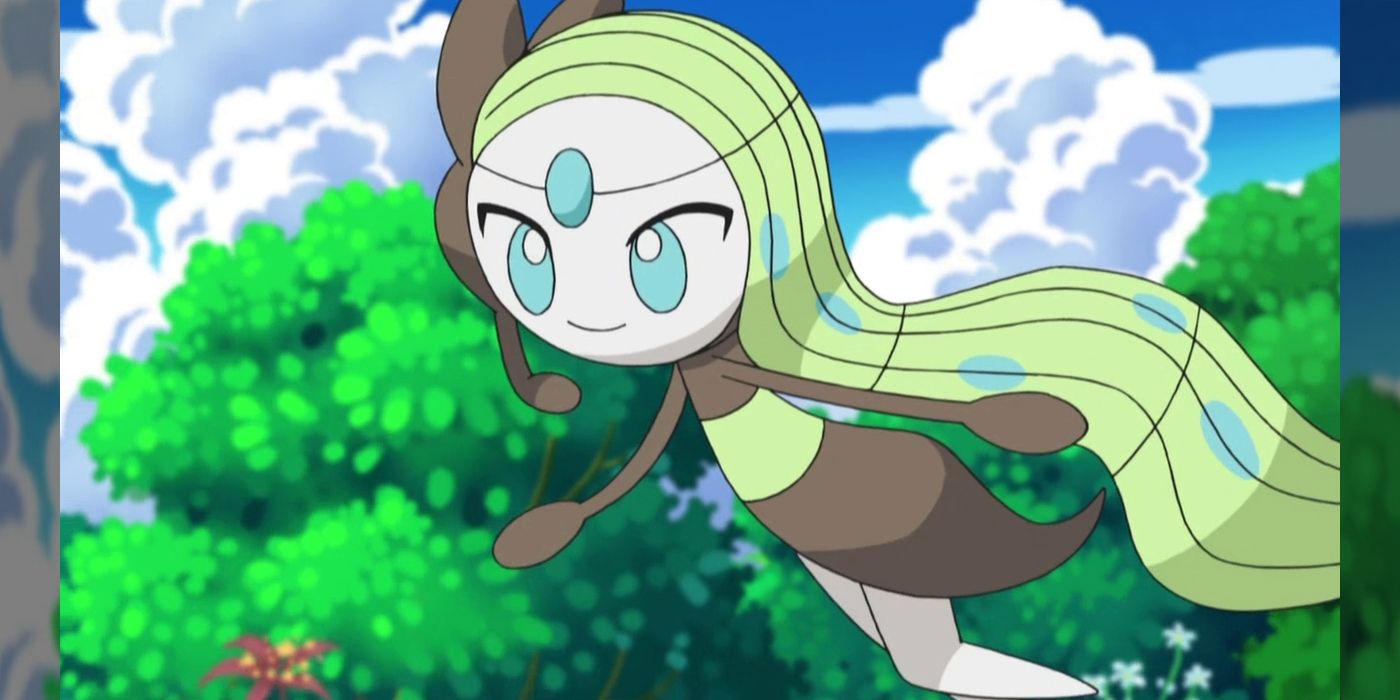
As with most of the other regions in the franchise, Oblivia has a specific way in which its locations are named, although since it has few settlements, its islands follow a naming pattern. The seven islands of Oblivia are all named after music notes, specifically the solfège notes: do, re, mi, fa, so, la, and ti.
These notes make up the first two letters of each of the islands' names, from Dolce and Renbow to Layuda and Tilikule. This musical motif doesn't extend to any other part of the gameplay or story, but the naming system is still unique and charming, as well as a good way to remember the islands' names.
from ScreenRant - Feed https://ift.tt/3jaK4LJ

0 Comments